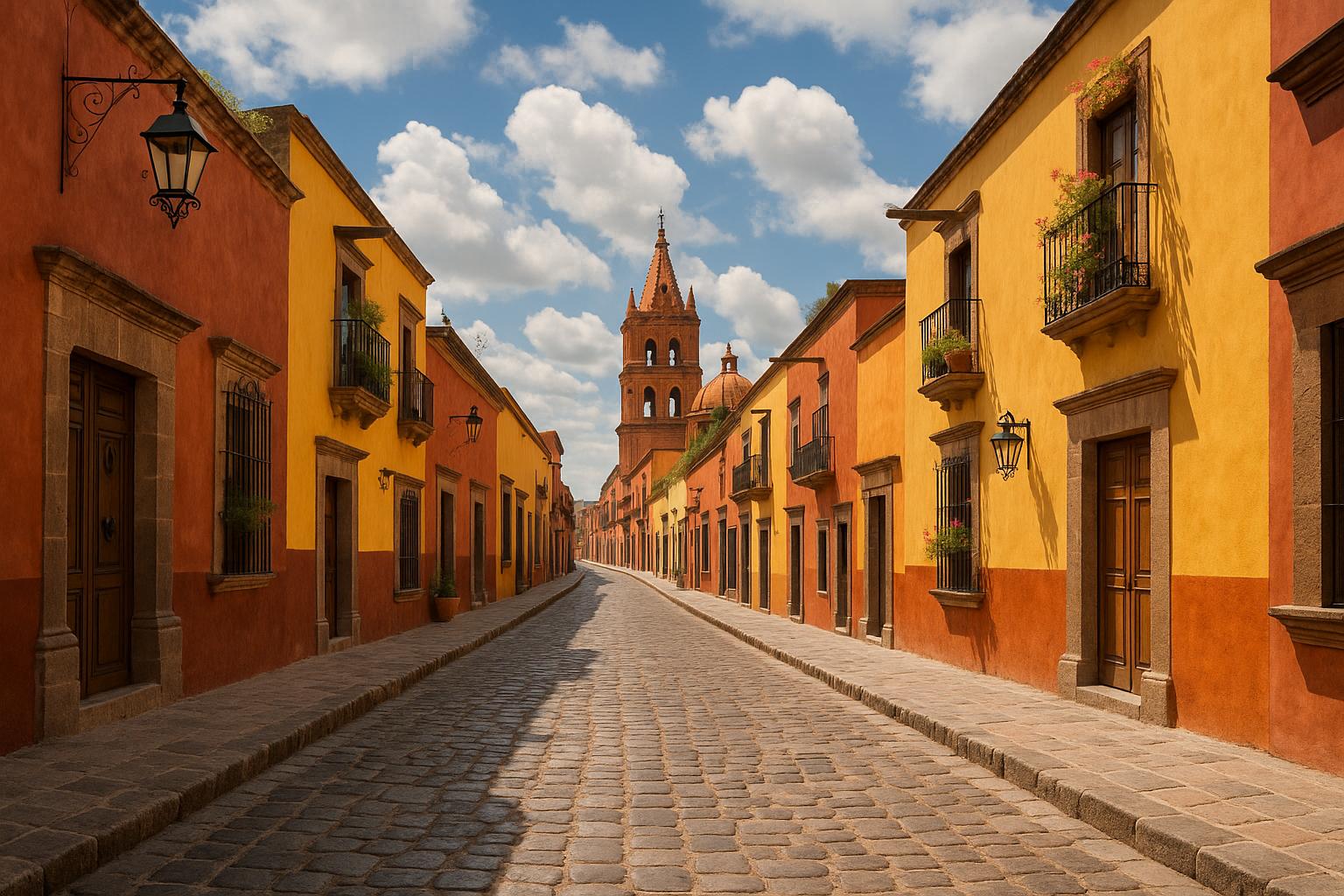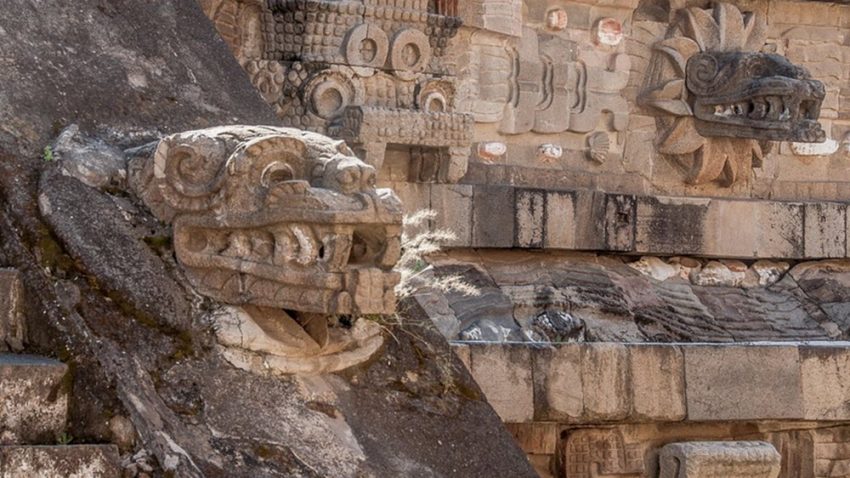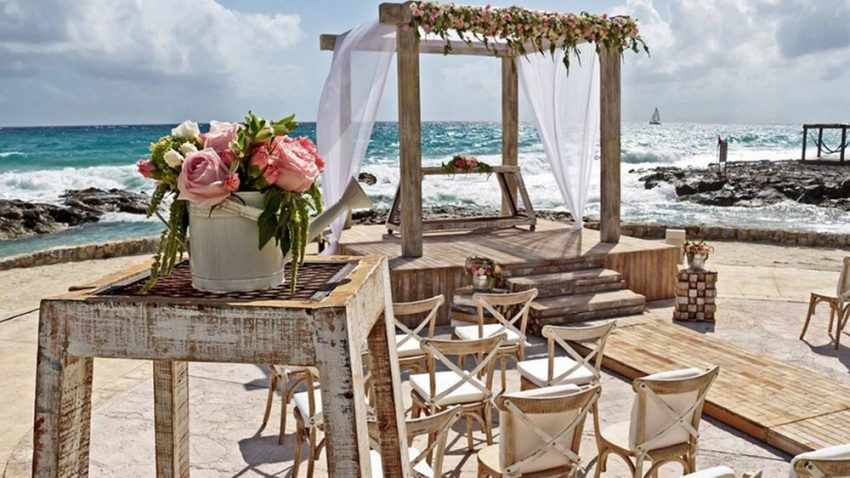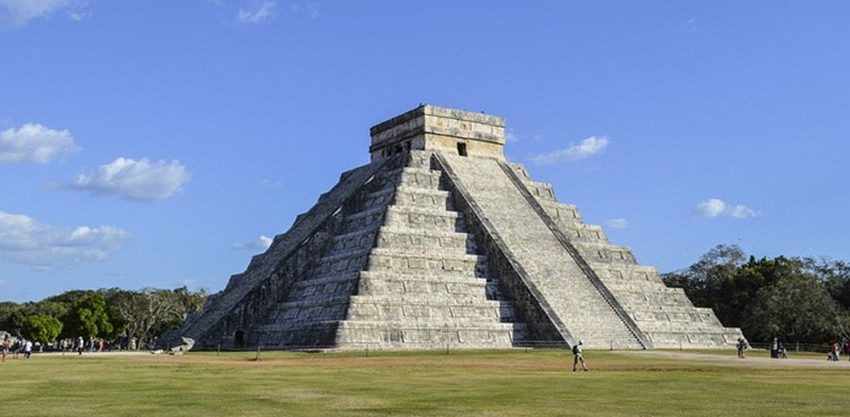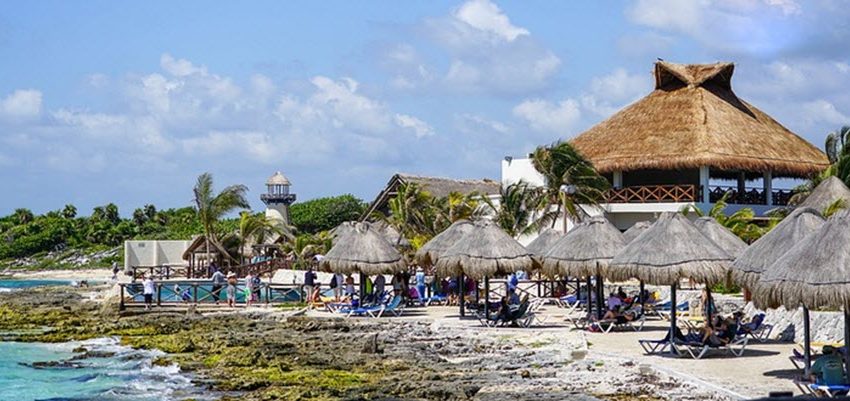Introduction to Colonial Architecture in Mexican Cities
Colonial architecture in Mexico serves as a fascinating lens through which the country’s intricate and multi-layered history can be viewed. Emerging in the wake of the Spanish conquest of the early 16th century, this architecture is a remarkable synthesis of European styles and local traditions. The resultant structures have significantly impacted the physical and cultural landscapes of many Mexican cities, leaving an indelible mark that persists today.
The Key Characteristics of Colonial Architecture
Colonial architecture in Mexico is characterized by a distinctive combination of Spanish ecclesiastical and indigenous designs. This fusion is prominently displayed through numerous baroque and neoclassical elements. The intricate work seen in the facades and the asymmetrical layout of these buildings exemplifies the baroque style, whereas the clean, straight lines offer a nod to neoclassicism. Common architectural features include stucco facades, arches, and courtyards, each contributing to the distinct identity of colonial buildings.
An important aspect of these structures is the thoughtful use of local materials, such as adobe and stone. Employing these readily available resources allowed the buildings to blend seamlessly with the natural environment. The interiors often include charming patios and lush gardens, emphasizing the importance of natural light and ventilation in a time well before modern climate control systems became the norm.
Prominent Cities with Colonial Architecture
Mexico is home to several cities renowned for their stunning examples of colonial architecture. Each city offers a unique perspective on how colonial designs were interpreted and adapted locally, resulting in varied stylistic expressions across the country.
San Cristóbal de las Casas
Nestled in the highlands of Chiapas, San Cristóbal de las Casas is celebrated for its well-preserved colonial architecture. The city reflects a rich heritage that blends diverse indigenous and Spanish influences. At the heart of it all, the San Cristóbal Cathedral stands as a quintessential example of baroque architecture, revered for its magnificent facade and historical significance.
Oaxaca
Oaxaca’s architectural landscape is woven into the fabric of its vibrant streets, where baroque-style religious buildings stand in harmonious coexistence with their modern neighbors. The Santo Domingo de Guzmán Church is a centerpiece of this architectural style, intricately detailed and opulent, offering a window into the city’s storied past and its enduring artistic legacy.
Morelia
The city of Morelia is distinct for its pink stone buildings, which are central to its identity and colonial allure. The Morelia Cathedral is not only an architectural marvel but also a poignant symbol of the city’s colonial heritage. Morelia is notable for having preserved a considerable number of its colonial structures, which offer insights into the architectural styles and aesthetics of a bygone era.
Preservation and Significance
The preservation of colonial architecture is crucial to maintaining Mexico’s historical and cultural legacy. These structures offer invaluable insights into the construction methods and materials used centuries ago. Additionally, they exemplify the cultural exchanges that took place between the indigenous peoples and European settlers. Various restoration initiatives are essential in protecting these historical edifices from the inevitable wear of time, as well as environmental factors.
The Role of Architecture in Cultural Identity
Colonial architecture in Mexico transcends its historical relevance to become an intrinsic part of the nation’s cultural identity. It represents an era where diverse building techniques and styles were not just adopted but were seamlessly woven into the local fabric. Through studying these architectural styles, one gains a deeper appreciation for how Mexican history contributes to the modern identity and the socio-cultural narrative of its cities.
The enduring charm and architectural advances displayed in colonial buildings make them a subject of endless fascination for both residents and visitors alike, serving as gateways into Mexico’s vibrant and complex past. Such architectural gems are not only vital to the nation’s history but also enrich its modern-day culture, offering opportunities for education, exploration, and connectivity to the past.
Understanding and appreciating colonial architecture in Mexico is essential for anyone interested in the broader narrative of cultural and architectural evolution. These buildings serve as essential elements for both study and tourism, providing rich insights into the dynamics of historical development in Mexico. As these architectural treasures continue to draw attention, they promise to remain powerful tools in connecting people with the country’s vibrant historical narrative.


